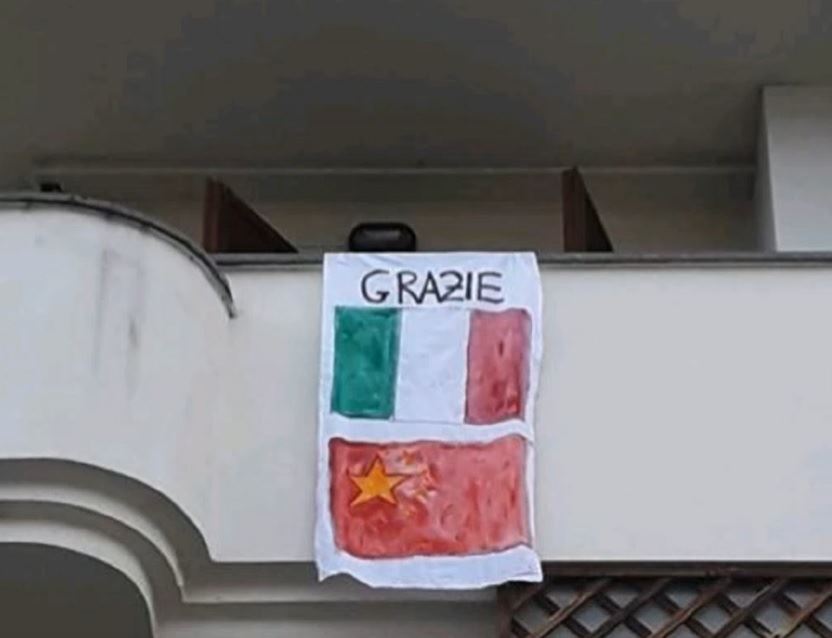President's blog
JULY 2024 - Listening to patientsSummer brought the chance for a bit more reading, including Andrew Leland’s 2023 book The Country of the Blind, an account of living with progressive blindness caused by MAK-associated RP. This book made me acutely aware that the process of diagnosing blindness and subsequent engagement with ophthalmic healthcare – our raison d’être – is only a tiny fraction of a visually impaired person’s life. Leland is preoccupied with his job, his wife and family, public perception of his impairment, access to information and concerns for his future, but not his next hospital appointment. It is a useful reminder that we choose to work in healthcare but our patients do not. Leland was diagnosed by former ISCEV member John Heckenlively, whom he describes as “a softly moustachioed man named Dr. Heckenlively … [whose] manner was so serious that it almost seemed inappropriate to have a vulnerable response to [the diagnosis] – it felt like I was being enlisted into his army, or accepted into an elite internship program. This was no time for blubbering.” Leland is less kind about his vision tests and worst of all is the ERG, not least because it involves a hundred mile trip and an overnight stay because “only major eye hospitals have the equipment”. He says “I dreaded the way they pried my eyelids open, Clockwork Orange style” … “the nurse inserted specialized contact lenses into my eyes. The lenses have small wires coming out of them, and blinking became awful: it felt impossible even as I did it, like swallowing with a thick plastic tube running down your throat. I tried to blink around the wires.” Tellingly, he goes on to muse, “It made me wonder what the point of these visits is – many people with RP simple stop going after a while, deciding that it’s too upsetting to keep making scientific measurements of a process whose progress they don’t need medical equipment to observe”. This unique insight into the patient experience of electroretinography reminds me how little we know – because, to the best of my knowledge, we do not ask – about our tests’ acceptability. One aspect of acceptability is ‘test burden’, comprising physical and psychological discomfort and/or distress during and after the test as well as time burden (travel time, time away from work/family) [Forster et al 2021]. Leland’s description suggests that his ERG, likely recorded in the early 2000s, had poor acceptability. It is a reminder to our community that improving the quality of our tests should include improving their acceptability. Less onerous testing has already arrived, with options of non-cornea-contacting electrodes and shorter tests, and robust evidence that such changes do not result in any loss of diagnostic power [Marmoy et al 2021]. Device development makes tests available outwith major eye hospitals. The continued use of electrodiagnostic testing will rely on its perceived relevance, which in turn relies on continued improvements in quality. A key but missing part of understanding quality is measuring and understanding test acceptability. I learned from Karen Holopigian that her team at Novartis, working with patients, rates the burden of tests to guide their inclusion or exclusion from trial protocols. As Leland puts it “Eye doctors tend to have a low sense of the lived experience of the visual impairments they diagnose and measure; meeting and listening to actual blind people is not a part of most medical schools’ training.” Now is a good time for ISCEV to listen to the patients we test. The Country of the Blind: A Memoir at the End of Sight by Andrew Leland is published by Penguin, for details see https://www.andrewleland.org/ Forster AS et al 2021 Measuring patient experience of diagnostic care and acceptability of testing Diagnosis 8(3), 317–21 doi:10.1515/dx-2020-0112 Marmoy OR, Moinuddin M, Thompson DA 2022 An alternative electroretinography protocol for children: a study of diagnostic agreement and accuracy relative to ISCEV standard electroretinograms Acta Ophthalmol 100, 32–30 doi:10.1111/aos.14938 |
June 2021: Update from the President's officeSo many months later, we are still grappling with the COVID-19 pandemic, and we reluctantly decided to postpone our next three meetings by one year each. We will hold a small, virtual ISCEV meeting in September with two very important functions: firstly the Membership meeting, where members can question the Board on their activities over the past year. As you can see from the update below, the Board, along with other ISCEV members, has achieved a great deal. Secondly, we will hold a Standards session. Tony Robson has led a hardworking team who recently completed the draft revised ERG Standard, the seventh revision of this key document. All members are invited to read the draft and email Tony with comments. It is worth reflecting that at the very inception of our Society in 1961, it was recognised that “the most urgent task of the Society is to establish certain standards”. A collaboration between our Society and the National Retinitis Pigmentosa Foundation of the USA, led by Michael F. Marmor, resulted in the first international ERG Standard in 1989. The current draft revision remains very similar to its predecessors, but has one radical difference: it proposes a new, ISCEV Standard abbreviated ERG protocol. If accepted, this starts to pave the way to a more diverse delivery model for our tests. Whilst complex, detailed assessments at highly specialised centres will always be required, alternative, accessible ways to deliver our essential tests to the huge numbers of people who cannot yet access their benefit is needed. We need our tests to be quicker and easier, less onerous for patients and trial subjects, and most of all, more widely available. I have spoken more on this subject in a commentary and an interview in Ophthalmology Times. So, some updates on ISCEV activities – along with a plea to contact me if you feel able to contribute to any of these endeavours. We have identified an issue with employing, educating and retaining technologists in the USA, and a team including Dorothy Thompson, John Grigg, and USA members are developing online education modules tailored for this audience, and seeking practical ways of mentoring trainees. We are negotiating terms for ISCEV members to access this engaging, interactive e-learning ophthalmology course which includes a series of modules on visual electrophysiology written by Dorothy Thompson and BriSCEV colleagues. We are exploring ways of working with the Imaging and Perimetry Society to see whether we could co-develop a guideline, and eventually a Standard, for the Full-field Stimulus Threshold (FST), a psychophysical test which can be performed using some ERG systems' ganzfeld bowl. Similar discussions are planned regarding eye movements and pupillography. We are shortly to initiate a task force to establish harmonised reference data (normative data), as promised in my President candidate statement. I would like to move away from the difficult requirements in our Standards that centres should acquire their own reference data. Other Societies have undertaken this work with great success and I would like to thank Professor Brendan Cooper, Consultant Clinical Scientist and Professor of Respiratory & Sleep Physiology, for generously sharing his experience as a driving force on the Global Lung Function Initiative Network. For those unable to acquire their own reference data, it is possible to safely and robustly use reference data acquired elsewhere – for example, by a manufacturer – or even to adjust quality, legacy reference data in response to a protocol update, for example, shorter dark-adaptation. I recently co-authored a guide to these processes in Documenta Ophthalmologica. However, when we perform serial measurements on our patients, it is more relevant to ask "is a change significant?" than to ask "is today's measurement normal?". In this instance, subject-based (rather than population-based) reference intervals are needed to detect significant worsening of a patient over serial recordings—the ‘delta check’, also described in the guide. Subject-based reference intervals can be calculated from as few as eight subjects and can use patient data. I am keen to promote their use, and delighted that the draft ISCEV ERG Standard revision mentions them. Shiying Li and colleagues from the Chinese Visual Physiology and Vision Science committee of the Chinese Ophthalmology Society have translated and published four ISCEV Standards/Guides (fullfield ERG; mfERG; VEP and guide to visual electrodiagnostic procedures): thank you for this key work which brings our Standards to another large swathe of the world's ophthalmology community. A working group led by Paul Constable has been considering the future of ISCEV meetings. Initially, the group was tasked with considering how our carbon footprint might be reduced, but with the onset of COVID-19 they have gained key insights into what works and what doesn't work in online meetings. They may be requesting your responses to a poll in the near future. Pierre Lachapelle has led our journal Document Ophthalmologica for almost eight years, and with his Associate Editors, reports significant growth in submissions and article downloads, as well as faster turnaround times. Many ISCEV members have contributed to a flourishing online programme of courses and webinars about or including visual electrophysiology. Many are listed on our events page, many are free to access, and many were supported by ISCEV's manufacturer members. Please do access these, and contact us if we have missed any or if you are planning forthcoming events. We continue to spend many, many hours maintaining ISCEV's engine – that is, addressing legal, regulatory, tax, financial, and auditing issues; maintaining membership contacts, handling dues payments, addressing questions and problems; updating the website and writing and updating our library of policies and procedures. The lion's share of this work is undertaken by Karen Holopigian, Mathias Seeliger and Michael Bach, and I can't let this opportunity pass to thank them for tireless work. I cannot tell you how much I look forward to meeting again face-to-face. Until then, keep telling your colleagues how amazing and essential visual electrophysiology is. See you online in September. April 2020: COVID-19 The world feels very different from when I wrote my last blog: as I write this, close to 2 million cases of COVID-19 have been confirmed worldwide. ISCEV is working hard to develop contingencies for our annual meeting, and information about this will soon be shared with members. I interviewed two ISCEV members, Dr Shiying Li from Chongqing Hospital, P.R. China and ISCEV Board Member-at-large, and Professor Alma Patrizia Tormene, our immediate Past President, from Padua, North Italy. Both have struggled, and continue to struggle, with living in two of the most affected countries in the world. Can you describe what life is like for healthcare workers in your country right now? Shiying Li: “The life of healthcare workers in China has been tough and exhausting since the end of January. Some of them worked in the ward for 4-6 hours without drink, because they want to save the precious mask and protective suit. Someone even used diapers. After the great support by many people and great effort, now it is becoming better and better. The transportation from Wuhan city was opened four days ago, and many healthcare workers could relax and go home after quarantine.” Patrizia Tormene: “In the ‘hot’ areas (Bergamo, Brescia for example) the situation is dramatic. Gruelling shifts,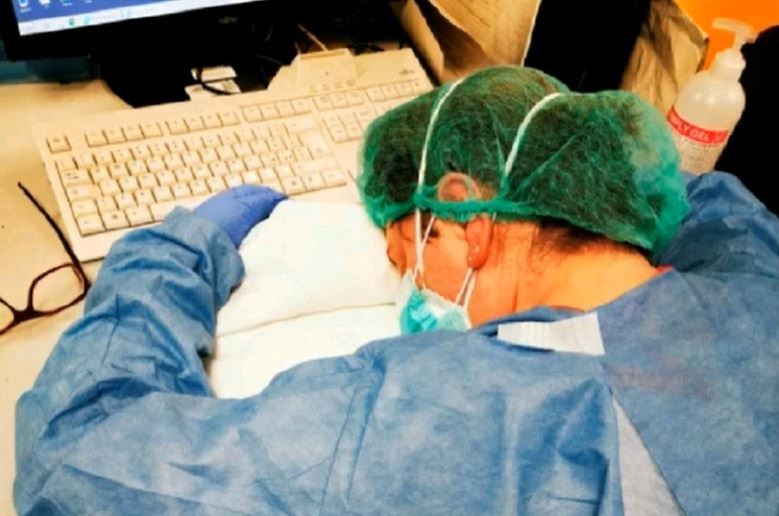 wards and operating rooms transformed into emergency rooms to meet the growing number of people who require assistance with respiratory machines. Respiratory support machines are in short supply, individual protective devices are becoming scarce, many health workers are virus positive, sick and we must also count their deaths. Retired doctors voluntarily replaced quarantined colleagues. Medical students of the last year or nursing staff in training are employed in administrative, triage and non-COVID departments to allow professional staff to go to the COVID departments.” wards and operating rooms transformed into emergency rooms to meet the growing number of people who require assistance with respiratory machines. Respiratory support machines are in short supply, individual protective devices are becoming scarce, many health workers are virus positive, sick and we must also count their deaths. Retired doctors voluntarily replaced quarantined colleagues. Medical students of the last year or nursing staff in training are employed in administrative, triage and non-COVID departments to allow professional staff to go to the COVID departments.”
How are urgent visual electrophysiology patients being managed during this crisis? Patrizia Tormene: “The departments are still active and all urgent exams are performed.” Shiying Li: “This was limited to the minimum number to reduce the risk of cross infection. If it is necessary, the urgent visual electrophysiology patients underwent a screen of Covid-19 such as travel history collection, body temperature test, and pulmonary CT scan. The sterilization was in the most strict level. We also reported our eye clinics work from Jan to Feb since many clinics closed. We hope this information will be helpful.”
(This paper by Shiying Li and colleagues was originally published in Chinese (Wang Xiaolei, Wang Zhen, Yao Chunliao, et al. Management of ophthalmic perioperative period during 2019 novel coronavirus disease (COVID-19) outbreak [J/OL]. Chin J Exp Ophthalmol, 2020,38 (2020-02-29). http://rs.yiigle.com/yufabiao/1187059.htm. DOI:10.3760/cma.j.issn115989-20200224-00100. [Epub ahead of print]), and Shiying Li has very kindly made this English translation available). Some countries lag behind China and Italy in terms of timing of the pandemic: what advice would you give decision-makers in those countries? Shiying Li: “Chinese were suddenly involved in this fighting at the beginning, after we studied and found out some way, now the situation is getting better and better. There are some academic papers in English on the website of the Chinese Medical Journal Network. Patrizia Tormene: “Now many things are known about this virus and this pandemic. It would be enough for those who are to make decisions to speak with the countries that have had the problem before, leave aside the political positions that, in democratic countries, often mean different sides saying contrary things simply because they are in government or in opposition.” What do you think are the biggest challenges facing the highly-populated developing nations such as Bangladesh and Nigeria? Shiying Li “I guess the biggest challenge will be the difficulty to trace everyone who has been in close contact with the patient.” Patrizia Tormene: “I hope to be wrong but it seems to me a disaster. Isolation among people seems unimaginable to me. I fear that inadequate health care will also pay a hard price in the number of victims. They have on their side that they probably have a lower average age and maybe there will be a good percentage of those infected that will heal and the immunity of the flock, of which much is said, will be achieved.” Have you witnessed kindnesses? Shiying Li: “We witnessed many examples of kindness and many times in tears. 30,000 healthcare staff around China volunteered to join the medical emergency team in Hu Bei Province. We also prepared, and some of my colleagues went to Wu Han. All of us are normal people, we also fear death, but the responsibility and love made us overcome the fear. Many patients showed their appreciation with bowing, singing and many kind actions. When everyone was required to stay at home, some staff still work, even busier. They are sanitation worker, policeman, and many volunteers who help people to get necessary life In the central hospital of Shaoxing in Zhejiang province, a 3 year old patient bowed to the nurse when he recovered and left the ward. The nurse was surprised and bowed too. Xinjinbao Net Patrizia Tormene: “There are many. Associations of all kinds take care of bringing food and medicine to lonely and elderly people, the staff of the law services (police, carabinieri) do everything to avoid weighing the restrictions they must guarantee. We see mayors walking through the cities telling everyone to go home. National flashmobs make gestures that unite the nation: sing the same song at the same moment from the terraces, put lights on the balconies ... people with irony and sympathy try to exorcise fear with videos and messages of all kinds that make even the reclused smile and make it clear that Italy is also a country capable of this. A new awareness of the neighbor and the importance of the human relationship between people is being created.”
What ways have people developed to maintain their connections and their humanity? Shiying Li: “We had used tele-communication previously, but not very widely. Now there are more than 10 mobile apps for us to have tele-communication for free. I have joined 3 tele-conferences with Chinese medical staff, 5 tele-dialogues with patients club, and 2 skype-conference with international medical staff. The isolation at home did not isolate the love and communication. If we want to find a way, we definitely will find out a way with love, intelligence and collaboration.” Patrizia Tormene: “Social media are having a great positive effect. Many young people have created shows and performances to share. Many institutes are making films, cultural events, concerts, virtual visits to museums etc free of charge. The password is spreading like wildfire: EVERYTHING WILL BE FINE, WE WILL DO IT.” I would like to thank Shiying Li and Patrizia Tormene for sharing their experiences and thoughts with us. I would like to pay tribute to all those ISCEV members on the frontline, helping COVID-19 patients or maintaining electrodiagnostic and ophthalmology services for urgent patients. For those of you whose contribution is to stay at home, thank you, thank you. |
March 2020: welcome; long-term plan; COVID-19; 2020 Meeting
Welcome
I am delighted, as your new president, to open this discourse with you all in 2020.
Long-term plan
In my candidate statement, I committed to five major programmes as part of my vision for the future of our Society:
- Supporting the evolution of quicker and easier versions of our tests which are less onerous for our patients without loss of diagnostic power.
- Increasing worldwide accessibility to visual electrodiagnostics, particularly for developing economies and remote communities.
- Building technically-rich ISCEV teaching to educate the technicians we need to sustain our services.
- Establishing a taskforce to improve diagnostic robustness via harmonised reference data.
- Creating ISCEV’s green policy to reduce our carbon footprint and adverse environmental impact.
These programmes form the longer-term plan for our Society, and all will require your input, your criticisms and your support. I am asking you for feedback, positive or negative, and most especially for your expertise and any time you can offer to help us to improve and achieve these goals. If you feel you are quite junior or still new to the field, I would especially like to hear from you.
In the shorter term, I have been working with Board members to strengthen our administrative position, prepare for improved governance of the Society and improve support for key Board roles, and I will keep you informed about these matters.
COVID-19
We have all watched the progress of COVID-19 with dismay, and I wish especially to express concern and pass well wishes to our members in the most affected countries, China, Korea, Italy and Iran.
2020 meeting, Iles de la Madeleine
Pierre Lachapelle and his team are preparing a unique experience for those of us who will meet in Canada this September. The website indicates there are only 88 days until abstract submission closes and I hope that, like me, you are preparing to share your work. As with most beautiful places, Iles de la Madeleine requires a little more travelling, but will reward the effort. Pierre is also keeping an eye on the COVID-19 situation and any impact on our meeting.
Future blog topics will cover good statistical practice and spotlights on Board members and what they do for our Society. Do join in the conversation on facebook and (new!) twitter account Follow @ISCEV_org, and contact me about anything ISCEV-related at president@iscev.org.
Please keep a good work life balance, and do wash your hands frequently.
Copyright © 2025 ISCEV.ORG | ContactsSecretary General: Jason McAnany |

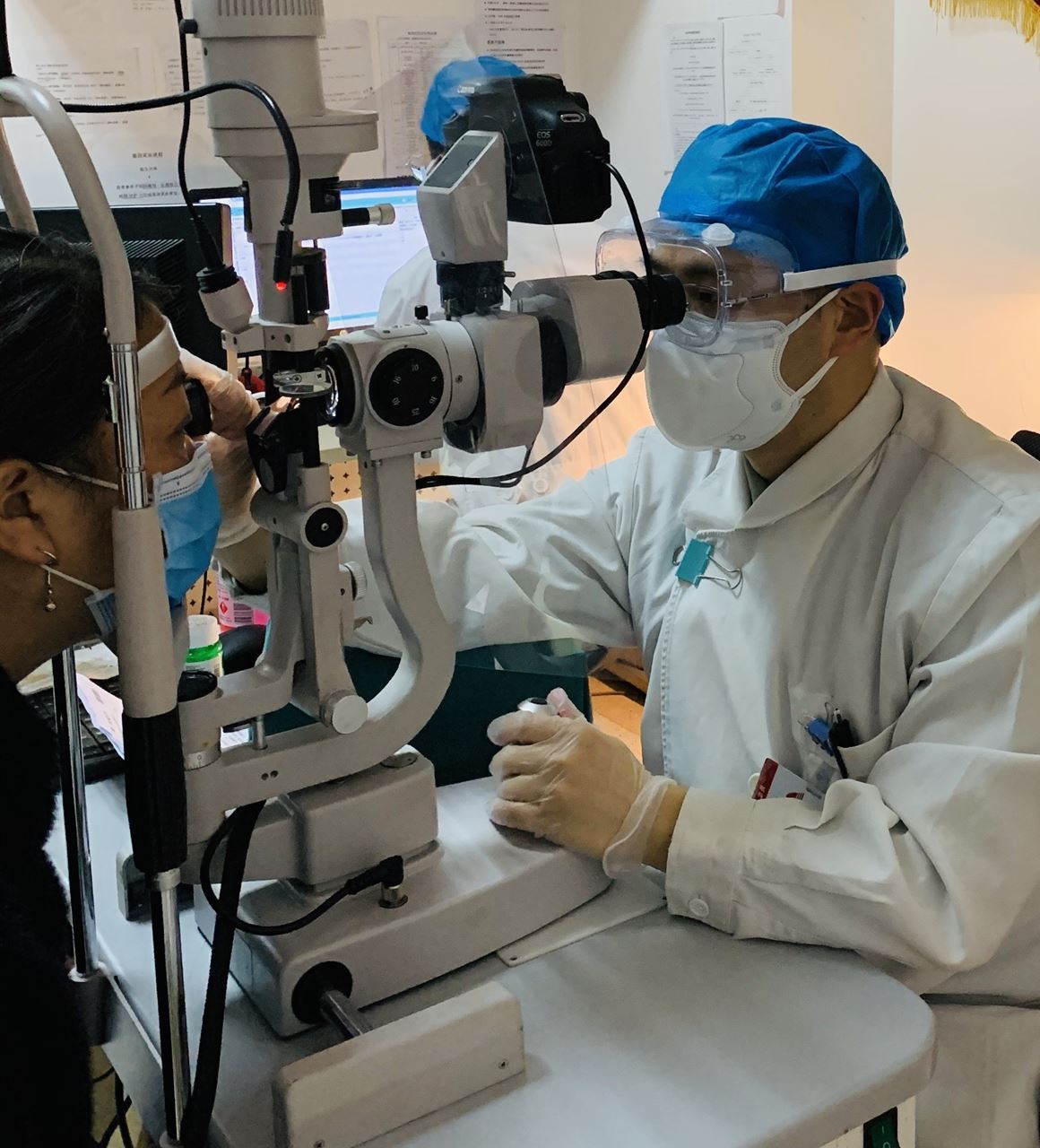
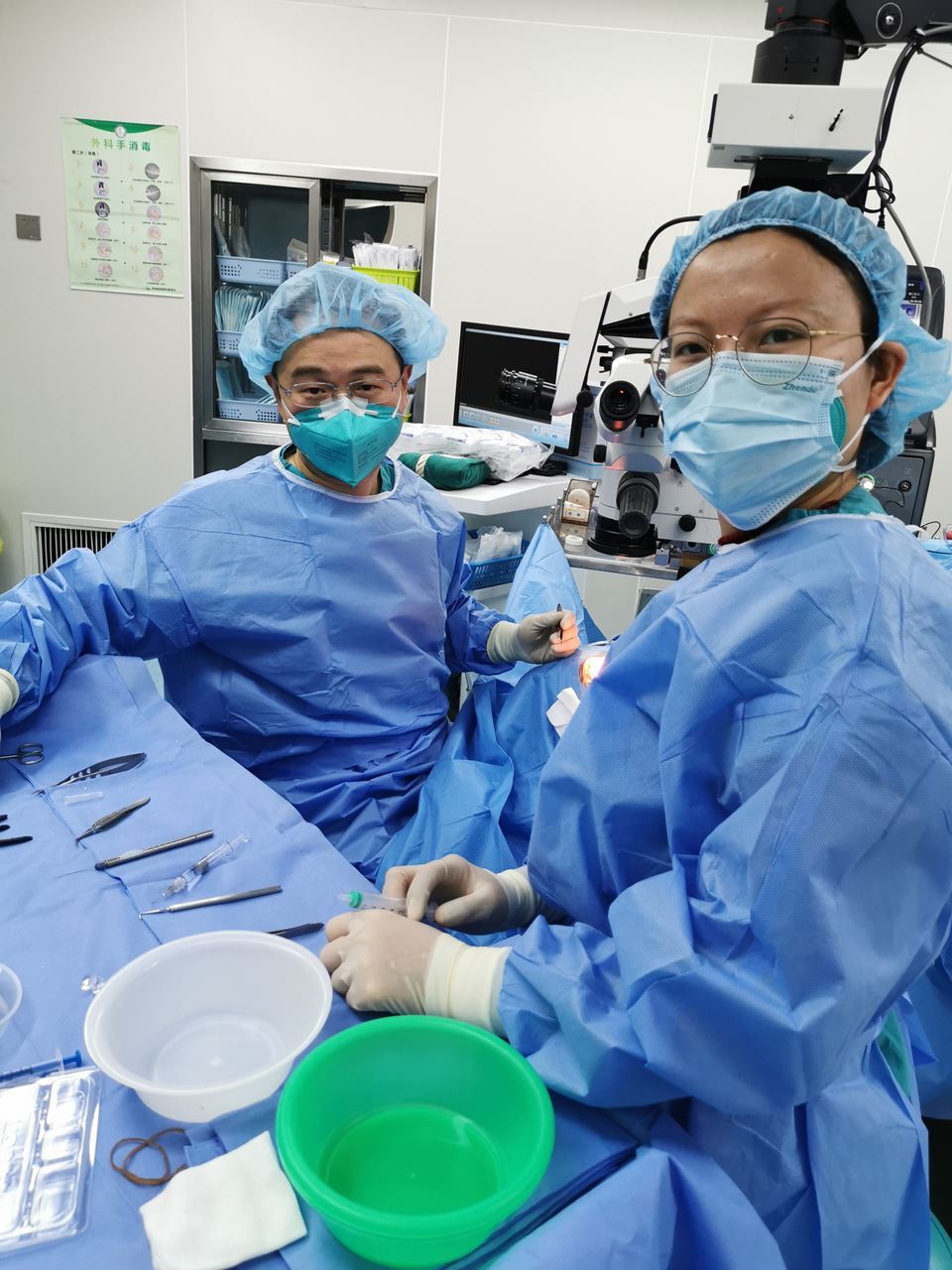
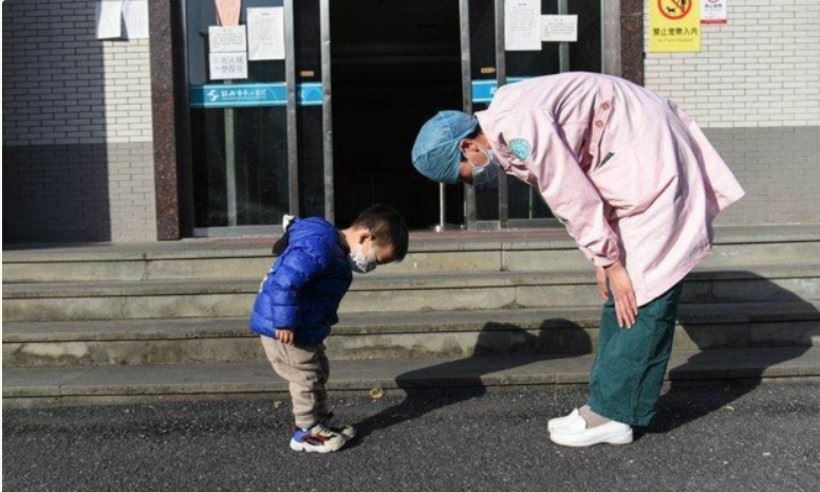 support.”
support.”
